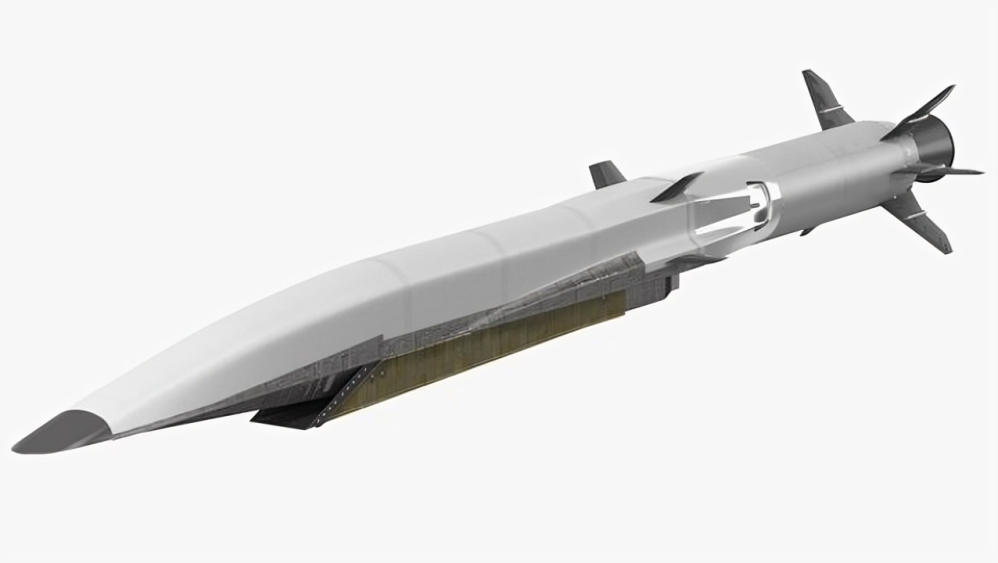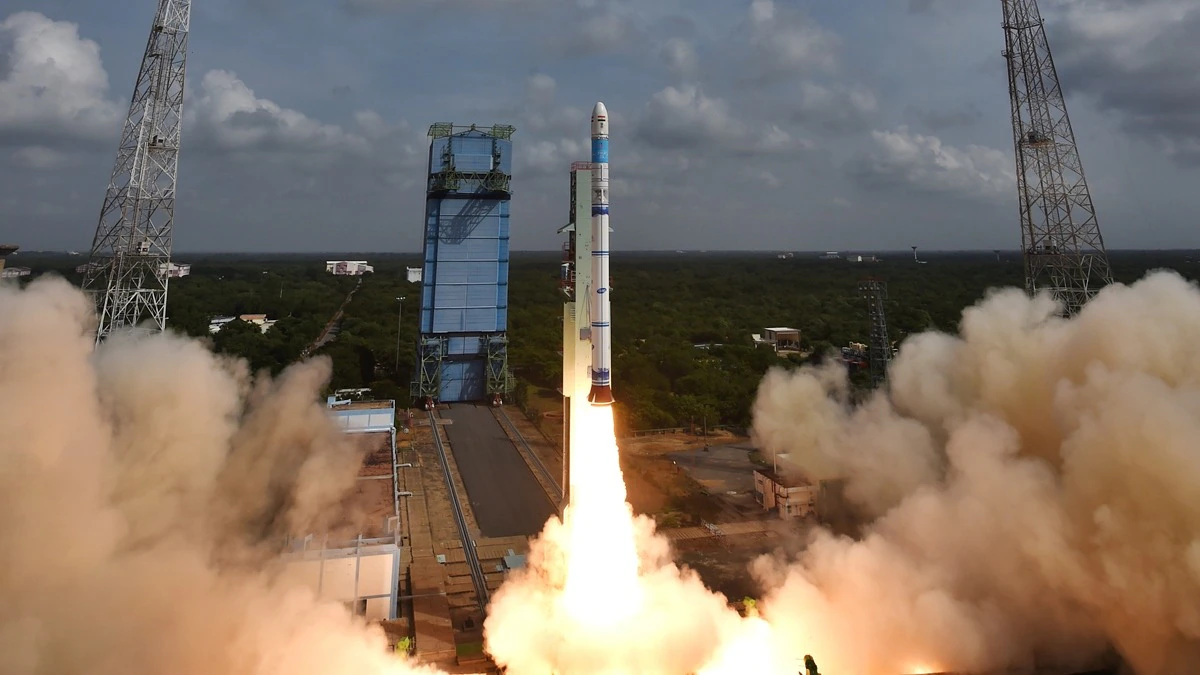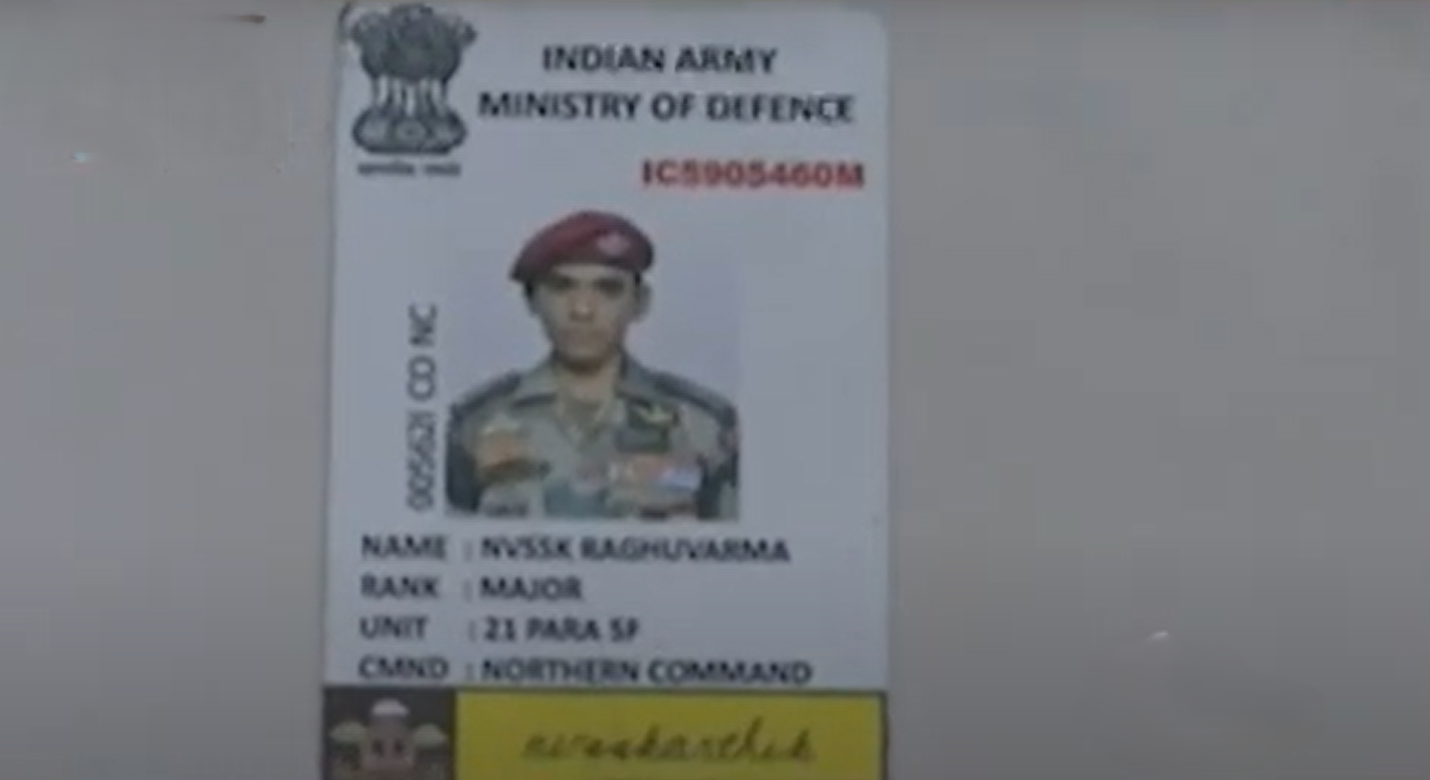India’s Hypersonic Glide Missile in Advanced Stage, Says DRDO Chief
DRDO chief Dr Samir V Kamat has confirmed that India’s hypersonic glide missile is in an advanced stage of development,…
Man Impersonating Air Force Personnel Caught at Military Canteen in Hyderabad
A man posing as an Indian Air Force staff member was apprehended at a military canteen in Hyderabad on Friday…
HAL Wins Bid to Manufacture and Commercialise India’s Small Satellite Launch Rockets
Hindustan Aeronautics Limited (HAL) has secured the winning bid to manufacture India’s Small Satellite Launch Vehicle (SSLV), the Indian National…
Probe Launched into Suspected Use of Electromagnetic Weapons in Arabian Sea Ship Incidents
Central and international agencies have begun a detailed investigation into the suspected use of electromagnetic weapons in a series of…
CDS 1 2025 SSB Interview Dates Out For IMA-160 Course
The much-anticipated SSB interview dates for the IMA-160 course have finally been released. Candidates who have successfully cleared the written…
Intruders Caught with Fake Army IDs at MCEME in Secunderabad
A major security breach occurred at the Military College of Electronics and Mechanical Engineering (MCEME) in Secunderabad after unidentified individuals…






